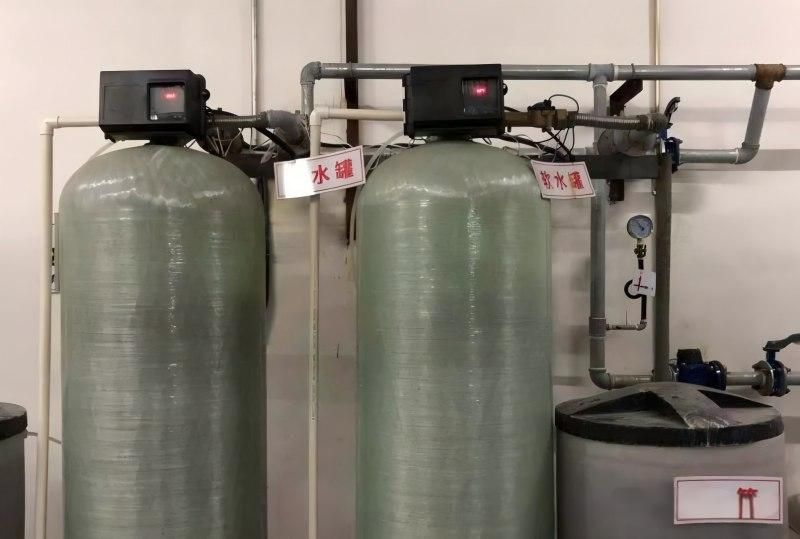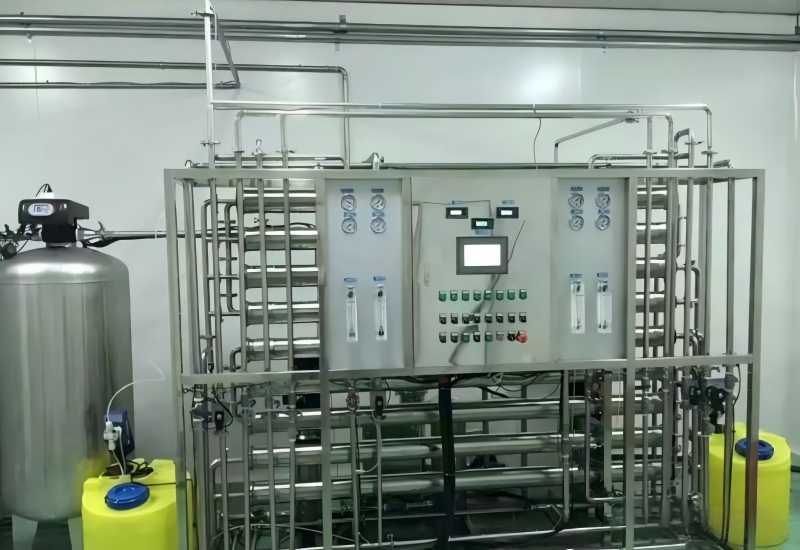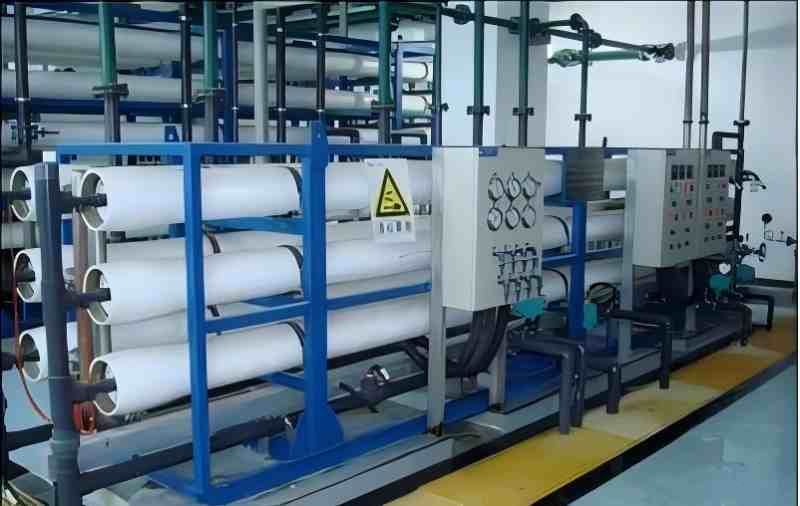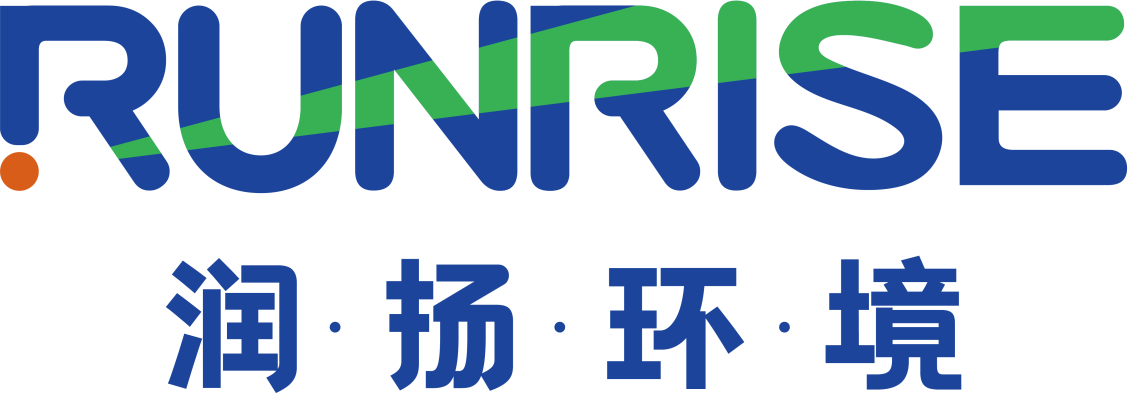Marketing Hotline:
(+86)0532-88988868
(+86)0532-88988868
In the environmental protection water treatment industry, commonly used water treatment methods generally include:
(1) Sediment filtration method, (2) hard water softening method, (3) activated carbon adsorption method, (4) deionization method, (5) reverse osmosis method, (6) ultrafiltration method, (7) distillation method, (8) ultraviolet disinfection method, (9) biochemical method, etc.
Now the principles and functions of these water treatment methods are introduced here.
1. Sediment filtration method
The purpose of sediment filtration is to remove suspended particulate matter or colloidal matter in the water source. If these particulate matter are not removed, they can cause damage to other delicate filter membranes of the dialysis water or even block the waterway. This is the oldest and simplest water purification method, so this step is often used in the initial treatment of water purification, or if necessary, several more filters are added to the pipeline to remove larger impurities.
There are many types of filters used to filter suspended particulate matter, such as mesh filters, sand filters (such as quartz sand, etc.) or membrane filters. As long as the particle size is larger than the size of these holes, it will be blocked.
Another problem worth noting in the sediment filtration method is that particulate matter is constantly blocked and accumulated, and bacteria may multiply here, and release toxic substances through the filter, causing pyrogenic reactions, so the filter should be replaced frequently.
2. Hard water softening method (water softening equipment)
The purpose of softening hard water is to use cation exchange resin to exchange calcium and magnesium ions in hard water with sodium ions, so as to reduce the concentration of calcium and magnesium ions in the water source. The softening reaction formula is as follows:
Ca2++2Na-EX→Ca-EX2+2Na+1
Mg2++2Na-EX→Mg-EX2+2Na+1
The ion exchange resins currently available on the market are spherical-shaped synthetic organic polymer electrolytes.
If there is no cation softening during water treatment, not only will there be calcium and magnesium deposition on the reverse osmosis membrane, which will reduce the efficiency or even destroy the reverse osmosis membrane, but also the patient is prone to hard water syndrome. Hard water softeners can also cause bacterial reproduction, so the equipment needs to have a backflushing function, and after a period of time, it should be backflushed once to prevent too many impurities from adsorbing on it.

3. Activated carbon filter
Activated carbon is made from wood, wood chips, fruit pits, coconut shells, coal or petroleum bottom slag and other substances that are distilled and carbonized at high temperatures, and then activated with hot air or water vapor. Its main function is to remove chlorine, chlorammonia and other dissolved organic substances with molecular weights between 60 and 300 Daltons. The surface of activated carbon is granular, the inside is porous, there are many capillaries about 1 Onm~lA size in the holes, and the internal surface area of 1g of activated carbon is as high as 700-1400m2, and the inner surface of these capillaries and the surface of the particles are where the adsorption action is located.
4. Deionization method
The purpose of the deionization method is to remove inorganic ions dissolved in water, and like hard water softeners, it also uses the principle of ion exchange resin. Two resins are used here - cation exchange resin and anion exchange resin. Cation exchange resins use hydrogen ions (H) to exchange cations; Anion exchange resins, on the other hand, utilize hydroxide ions (OH-) to exchange anions.
These resins also need to be reduced after the adsorption capacity is exhausted, and cation exchange resins need strong acids to reduce. On the contrary, anions require strong alkali to be reduced. If the anion exchange resin is exhausted and not reduced, fluorine, which has the weakest adsorption power, will gradually appear in the dialysis water, causing chondrosis, osteoporosis and other bone lesions. If the cation exchange resin is exhausted, hydrogen ions will also appear in the dialysis water, causing an increase in water acidity, so whether the deionization function is effective needs to be monitored from time to time.
It is generally judged by the resistance or conductivity of the water quality. It is worth noting that the ion exchange resin used in deionization can also cause bacterial proliferation and cause bacteremia.
5. Reverse osmosis method
Reverse osmosis can effectively remove inorganic matter, organic matter, bacteria, pyrogens and other particles dissolved in water, and is the most important part of dialysis water treatment.
The purification effect of reverse osmosis can reach the level of ions, and the semi-permeable membrane materials commonly used in reverse osmosis water treatment include cellulosic, aromatic polyamides, polyimides or polyfuranes, etc., and its structural shapes include spiral wound, hollow fiber and tubular.
If the pre-treatment is not done before reverse osmosis, dirt is easy to accumulate on the permeable membrane, such as calcium, magnesium, iron and other ions, resulting in a decrease in reverse osmosis function; Some membranes (such as polyamide) are easily damaged by chlorine and chlorammonia, so pre-treatment such as activated carbon and softener is necessary before reverse osmosis membranes. Therefore, it is best to prepare this step when preparing water for hemodialysis and analysis.

6. Ultrafiltration method
Ultrafiltration is similar to reverse osmosis in that it uses a semi-permeable membrane, but it cannot control the removal of ions because the pore size of the membrane is large, about 10-200A. It can only exclude bacteria, viruses, pyrogens and particulate matter, and cannot filter water-soluble ions.
The main function of ultrafiltration is to act as a pre-treatment for reverse osmosis to prevent bacterial contamination of the reverse osmosis membrane. It can also be used in the final steps of water treatment to prevent upstream water from being contaminated with bacteria in the pipeline. Generally, the difference between inlet pressure and outlet pressure is used to judge whether the ultrafiltration membrane is effective, similar to activated carbon, and usually uses the backflush method to remove impurities attached to it.

7. Distillation method
Distillation is an ancient but effective water treatment method, it can remove any non-volatile impurities, but it cannot exclude volatile pollutants, it needs a large water storage tank to store, this water storage tank and conveyor pipe is an important cause of pollution, and the current hemodialysis water is not treated in this way.
8. Ultraviolet disinfection method
Ultraviolet disinfection is one of the commonly used methods, and its sterilization mechanism is to destroy the living genetic material of bacterial nucleic acids, making them unable to reproduce, and the most important reaction is that the pyrimidine base in the nucleic acid molecule becomes a dimer. Generally, it uses artificial 253.7nm wavelength ultraviolet energy from a low-voltage mercury discharge lamp (germicidal lamp). The principle of ultraviolet germicidal lamp is the same as that of fluorescent lamp, except that the inside of the lamp is not coated with fluorescent substances, and the material of the lamp is quartz glass with high ultraviolet transmittance. Generally, ultraviolet devices are divided into irradiation type, immersion type and flow type according to the purpose.
9. Biochemical methods
Biochemical water treatment methods use various bacteria and microorganisms that exist in nature to decompose and transform organic matter in wastewater into harmless substances, so that wastewater can be purified. Biochemical water treatment methods can be divided into activated sludge method, biofilm method, biological oxidation tower, land treatment system, and anaerobic biological water treatment method.
Biochemical water treatment process:
Raw water → grille→ conditioning tank→ contact oxidation tank→ sedimentation → filtration→ disinfection → effluent.


